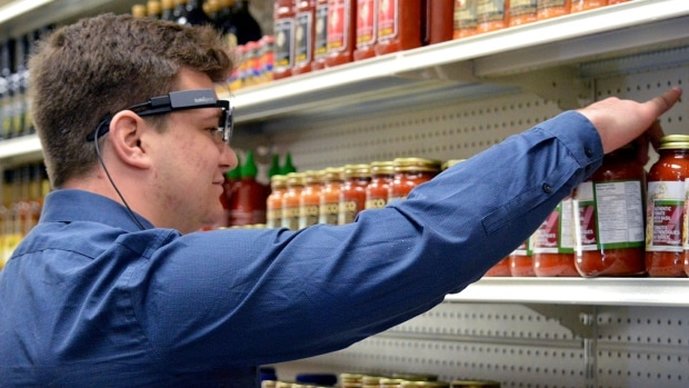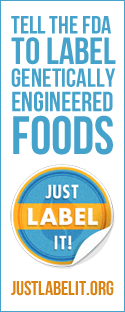|
Eye tracking, heat mapping and candid cameras – the University of Guelph has recently opened two new food research laboratories to give them insight into how consumers make decisions about their food purchases.
Also read, Canadian study finds that most probiotic yogurts don’t have enough “healthy bacteria.” The labs, funded by Longo Brothers Fruit Market Inc. and Schneider Foods, are the first of their kind in Canada, with researchers seeking to better understand consumer buying habits and behaviours as well as to stimulate food innovations and encourage economic growth and jobs in the important Canadian food and agriculture sector. The labs will also track how consumers react to food advertising and what attracts their attention on restaurant menus. "Researchers will explore a number of areas, including how consumers value and learn about different foods, and their decision-making when viewing advertising, and purchasing and consuming foods," lab research director and associate professor Michael von Massow said. Number cruncher in aisle 7 One lab is a bank of computer monitors where researchers can study shoppers' reactions as they look at online food advertising, health information and manufacturing details. The lab next door is a replica grocery store. People will be monitored after they have read flyers and food information in the computer lab and then head next door to do some shopping. In the simulated supermarket, shoppers will wear eye-tracking glasses so researchers can observe how they shop, what products grab their attention and what information they read on food labels. "We will be able to see how the information in the one lab changes their shopping behaviour in the mock store," Von Massow said. The lab is "a sophisticated, realistic context to measure impressions and change," he added. "It's not a grocery store, but it's much closer to a retail context than having research participants fill out a survey." Capturing 'gaze data' As modern consumers shop, they are bombarded with information. How they react and behave is not well researched or explained, Von Massow said. "If we understand how people make food decisions, we can then say, if we want to encourage people to eat more healthy, what do we have to do to effect that change," he said. "In addition, if we want to make production changes, how do we make people aware so that they're asking for those products so that we're pulling those products through the system?" The specialized glasses with eye-tracking technology capture what's known as "gaze data" and register how a consumer shops, what they read on a food label and the sequence in which they process it. The information is sent to a database so researchers can analyze it. Other technology includes heat-mapping how people read menus in the facility's teaching restaurant. Parts of the menu receiving more eyeball attention are recorded as "hot" and menu sections that get read less often are recorded as "cold." As participants wearing eye tracking glasses scan a menu, researchers will record and study what information draws their attention. What do customers look at most closely? Does it matter how a menu is formatted? How does that influence choice? Researchers are also interested in learning how much the price of a dish drives menu selection, and to what degree nutrition information on a menu has on impact on the customer. "I think the vast majority of people have no idea what 2,000 calories means," Von Massow said. Paying attention With more information and labeling issues such as gluten-free and genetically modified ingredients, the complexity of how we purchase food continues to grow. This type of data collection and the behaviour patterns observed could shape the food landscape at restaurants and at grocery stores in the near future. While researchers want to know what people are actually reading on food labels – if anything – and if it is making an impact on what they buy, "the studies will also include nutritionists trying to encourage healthier eating as well as food policy makers and food producers asking, how are people making these decisions," Von Massow said. "We are paying more attention to our food and our food system than we've ever paid before," he said. "This is another tool to help us understand more broadly how we're making those decisions at the point of interface where we're making them." SOURCE Andrew Coppolino, CBC News
0 Comments
Leave a Reply. |
Advertisement
News & Updates
Stay informed with the latest news around foodservice, agriculture and other related food news. Advertisement Opportunities
|


 RSS Feed
RSS Feed


